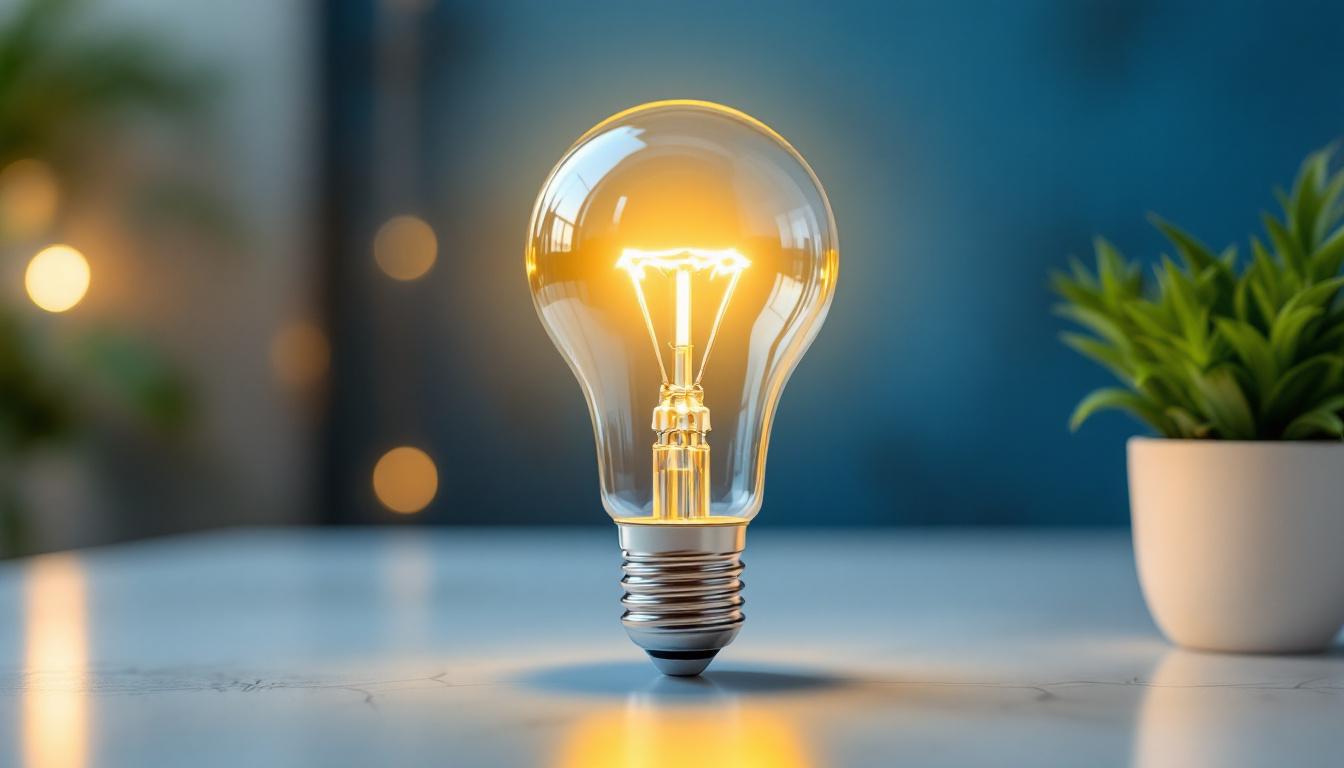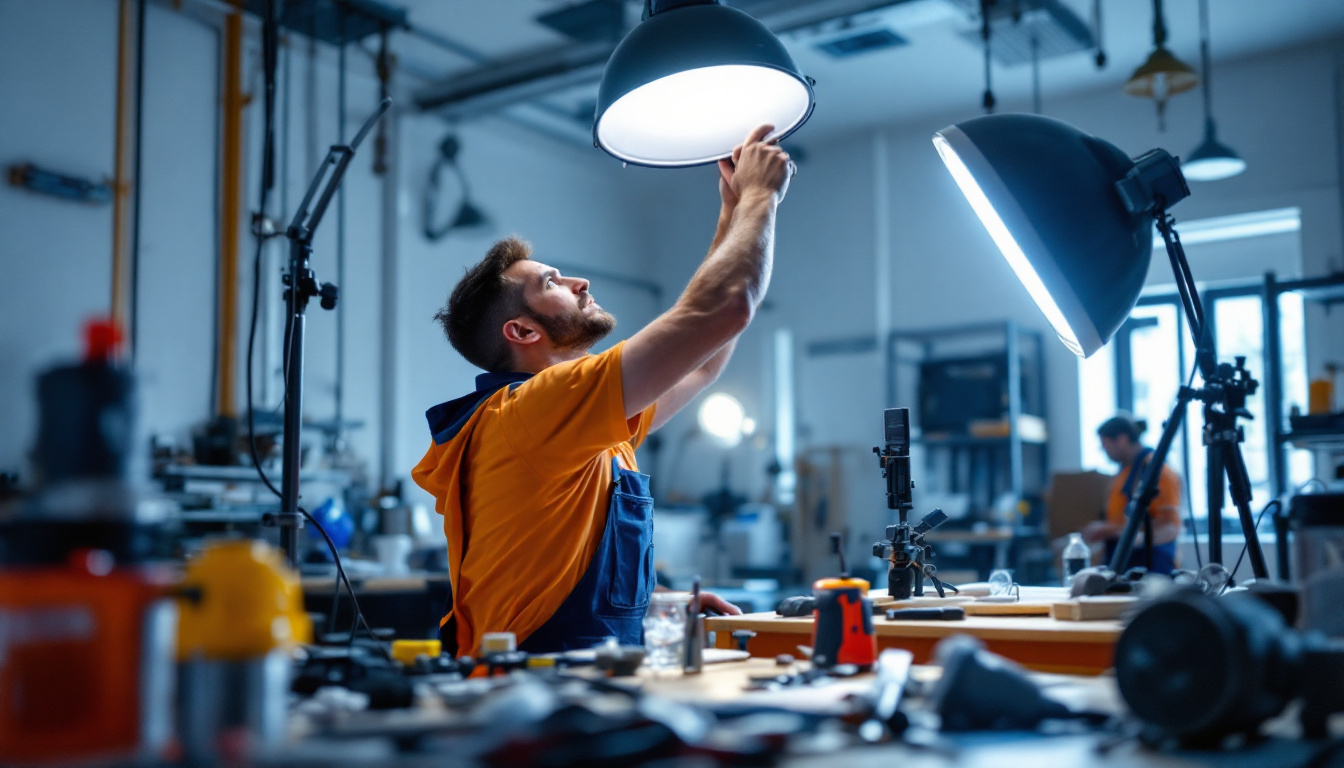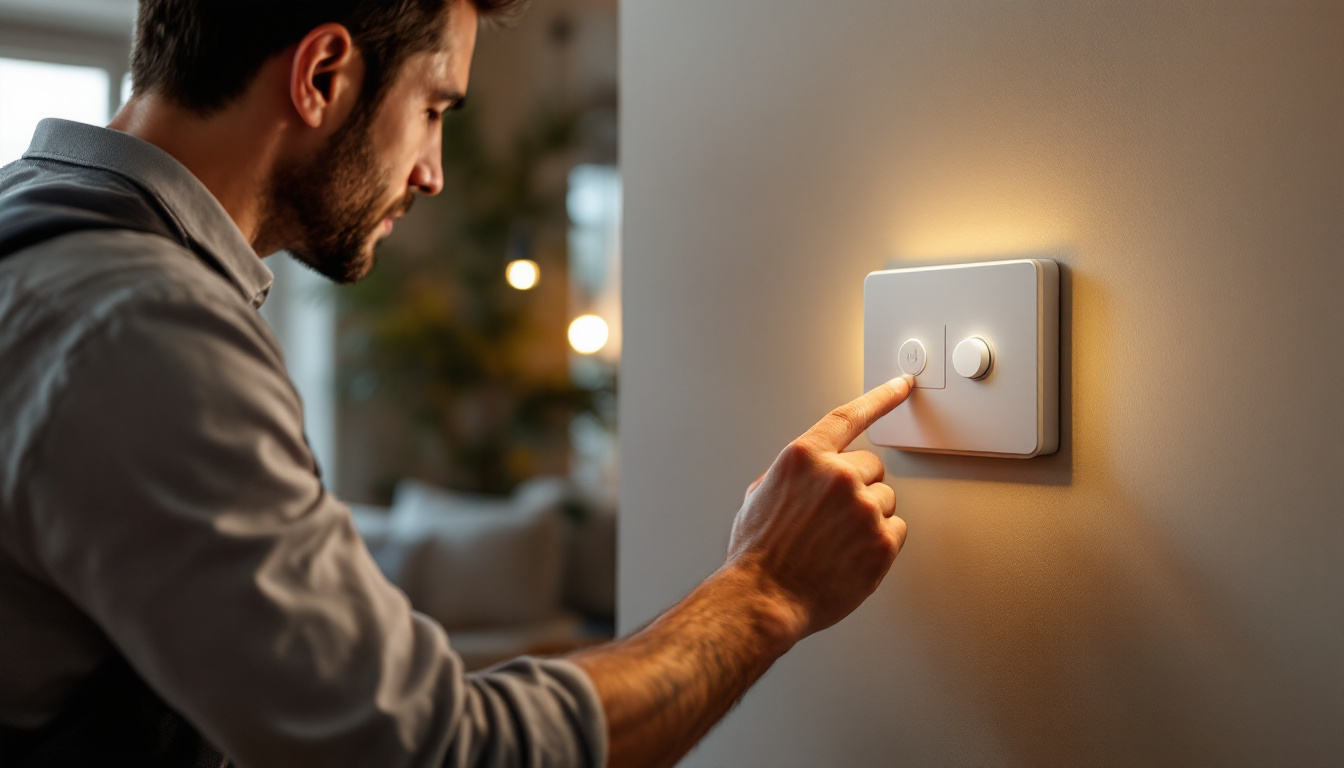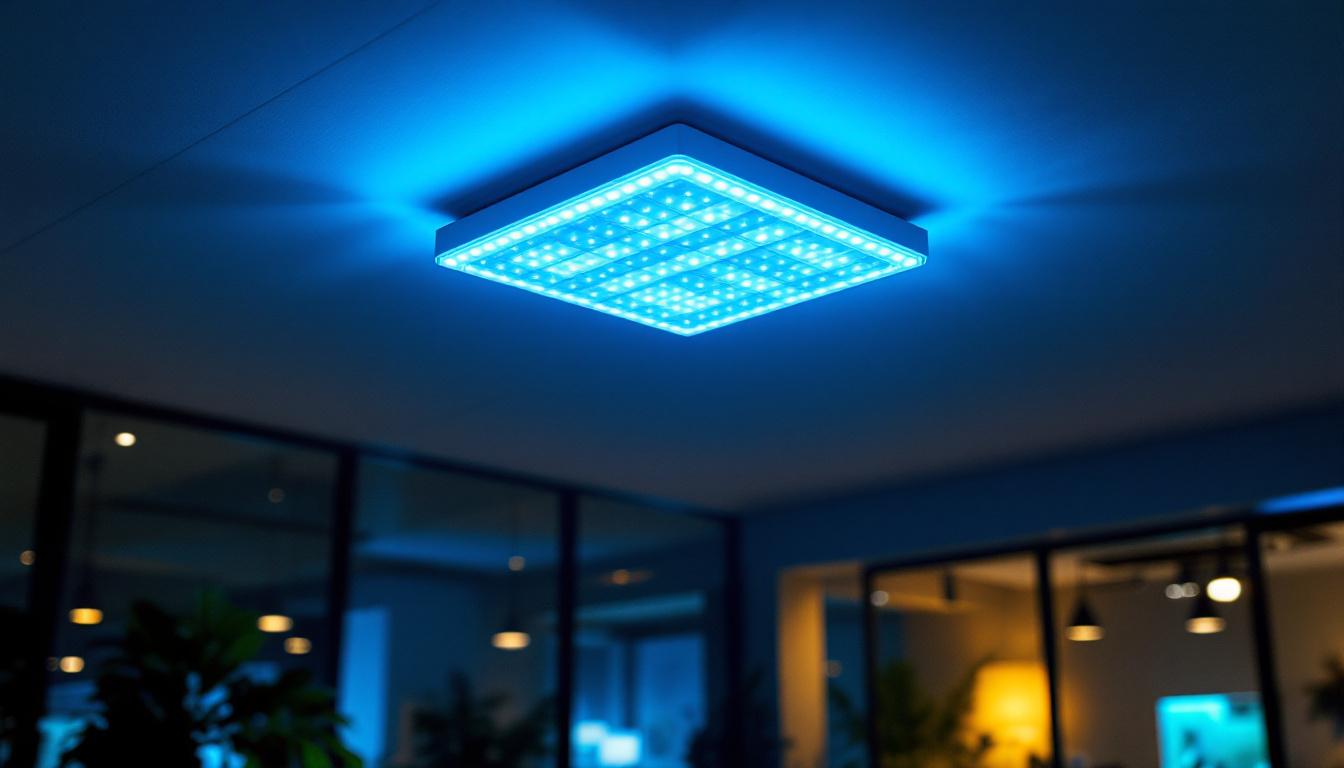
In the ever-evolving world of lighting design and technology, staying ahead of the curve is essential for lighting contractors. As customer expectations rise and new technologies emerge, the need to future-proof lighting projects becomes increasingly important. This article explores key strategies and considerations for ensuring that lighting projects remain relevant and efficient in the years to come.
Future-proofing in the context of lighting refers to designing and implementing systems that can adapt to changes in technology, regulations, and consumer preferences. This proactive approach not only enhances the longevity of lighting installations but also ensures that they remain functional and efficient as advancements occur. As the landscape of lighting technology continues to evolve, the emphasis on future-proofing becomes increasingly critical for both residential and commercial applications.
One of the primary aspects of future-proofing is flexibility. Lighting systems should be designed with the ability to accommodate new technologies, such as smart lighting and energy-efficient solutions. This involves selecting components that can be easily upgraded or replaced without requiring a complete overhaul of the system. The rapid pace of innovation in the lighting sector means that what is considered state-of-the-art today may become obsolete in just a few years. Therefore, investing in flexible systems can save time and money in the long run.
For instance, incorporating modular lighting fixtures allows for easy adjustments in layout and functionality. This adaptability is vital as clients may want to change their lighting configurations in response to evolving needs or preferences. Additionally, the use of standardized connections and interfaces can facilitate the integration of new technologies, ensuring that the lighting system can evolve alongside advancements in energy efficiency and smart technology.
Smart lighting technology is revolutionizing the industry, offering enhanced control and energy efficiency. By integrating smart systems, contractors can provide clients with features such as remote management, automated scheduling, and energy monitoring. These capabilities not only enhance user convenience but also empower users to make informed decisions about their energy consumption, potentially leading to significant cost savings over time.
These systems not only improve user experience but also align with sustainability goals, making them an attractive option for environmentally-conscious clients. Future-proofing lighting projects with smart technology ensures that they can easily integrate with other smart home systems, creating a seamless user experience. Furthermore, the data collected by smart lighting systems can be invaluable for understanding usage patterns and optimizing energy efficiency, paving the way for further innovations in sustainable design. As cities move towards smart infrastructure, the incorporation of intelligent lighting solutions will play a pivotal role in enhancing urban living, reducing energy waste, and contributing to a greener future.
As environmental concerns continue to rise, energy efficiency has become a top priority in lighting design. Future-proofing projects with sustainable practices not only meets regulatory standards but also appeals to a growing demographic of eco-conscious consumers. The shift towards sustainability is not just a trend; it is a necessary evolution in how we approach design and construction, reflecting a broader commitment to protecting our planet for future generations.
When selecting lighting fixtures, energy efficiency should be a primary consideration. LED technology has emerged as a leader in this area, offering significant energy savings compared to traditional incandescent or fluorescent bulbs. By opting for LED fixtures, contractors can help clients reduce their energy consumption and lower utility bills. Additionally, the longevity of LED bulbs—often lasting up to 25 times longer than their incandescent counterparts—means less frequent replacements, which translates to reduced waste and lower maintenance costs over time.
Moreover, many LED products now come with advanced features such as dimming capabilities and color temperature adjustments, further enhancing their appeal. These features allow for greater customization, enabling clients to create the perfect ambiance while still being energy-efficient. The ability to adjust lighting not only contributes to energy savings but also enhances the user experience, making spaces more comfortable and adaptable to various activities, from work to relaxation.
Integrating renewable energy sources, such as solar panels, into lighting projects is another effective strategy for future-proofing. Solar-powered lighting systems are becoming increasingly popular, especially in outdoor applications. They not only reduce reliance on grid electricity but also promote sustainability. The use of solar energy can significantly decrease the carbon footprint of a project, aligning with global efforts to combat climate change and foster a cleaner environment.
Contractors should consider offering solar lighting solutions as part of their services. By doing so, they can position themselves as forward-thinking professionals committed to sustainability and innovation. Furthermore, the integration of smart technology with solar lighting—such as motion sensors and automated timers—can enhance efficiency and convenience, ensuring that energy is used only when needed. This not only maximizes the benefits of renewable energy but also provides clients with a modern, cutting-edge solution that aligns with their values and lifestyle choices.
As lighting technologies advance, so do regulations and standards governing their use. Staying informed about these changes is crucial for contractors aiming to future-proof their projects. Compliance with local, national, and international standards ensures that installations are safe, efficient, and legally compliant.
Each region may have specific codes and regulations that dictate the types of lighting systems that can be installed. Familiarity with these codes is essential to avoid costly fines or project delays. Regular training and education can help contractors stay updated on any changes in legislation.
In addition to local codes, understanding industry standards, such as those set by the Illuminating Engineering Society (IES) and the American National Standards Institute (ANSI), can provide valuable guidance in designing compliant and efficient lighting systems. These organizations publish comprehensive guidelines that cover everything from luminaire performance to energy consumption metrics, ensuring that contractors can make informed decisions that align with best practices in the field.
Anticipating future regulations is another critical aspect of future-proofing. As governments and organizations increasingly prioritize sustainability, it is likely that stricter energy efficiency standards will be implemented. Contractors should design systems that not only meet current standards but are also adaptable to potential future requirements.
This forward-thinking approach not only protects clients from future compliance issues but also positions contractors as industry leaders who are proactive about sustainability and efficiency. Moreover, engaging with stakeholders, such as local government bodies and environmental organizations, can provide insights into upcoming regulatory trends and help contractors align their projects with broader sustainability goals. By fostering these relationships, contractors can also advocate for sensible regulations that support innovation while ensuring public safety and environmental stewardship.
Educating clients about the benefits of future-proofing their lighting projects is essential for successful implementation. By engaging clients in the decision-making process, contractors can ensure that their needs and preferences are met while also addressing future considerations.
When discussing future-proofing with clients, it is important to emphasize the long-term benefits of investing in adaptable and efficient lighting systems. These benefits may include reduced energy costs, lower maintenance expenses, and increased property value.
Providing case studies or examples of successful future-proofed projects can help illustrate these advantages. Clients are more likely to invest in advanced solutions when they can see tangible results from similar installations.
Involving clients in the design process fosters a sense of ownership and satisfaction with the final product. By soliciting their input on preferences for features, aesthetics, and functionality, contractors can create customized solutions that meet both current and future needs.
Utilizing visualization tools, such as 3D modeling or virtual reality, can enhance this collaborative process. Clients can better understand how different lighting configurations will look and function, making it easier to make informed decisions.
As technology continues to advance, ensuring compatibility between various lighting systems and devices is critical for future-proofing. Lighting contractors should prioritize integrating systems that can work seamlessly together, providing clients with a cohesive and efficient lighting experience.
Choosing products that adhere to common communication protocols, such as Zigbee or Z-Wave, can enhance interoperability. This allows different devices, such as sensors, switches, and controllers, to communicate effectively, creating a more integrated lighting system.
By focusing on interoperability, contractors can provide clients with the flexibility to expand or modify their lighting systems as new technologies emerge. This adaptability is a significant selling point for clients looking to invest in future-proof solutions.
Future-proofing does not end with installation; regular updates and maintenance are essential to keep systems running optimally. Contractors should establish a maintenance schedule that includes software updates for smart systems and inspections of fixtures and controls.
By offering ongoing support, contractors can help clients maximize the lifespan and efficiency of their lighting systems. This commitment to service not only strengthens client relationships but also enhances the contractor’s reputation as a reliable partner in lighting solutions.
Future-proofing lighting projects is a multifaceted approach that requires careful planning, education, and adaptability. By understanding the importance of flexibility, energy efficiency, regulatory compliance, client engagement, and technological integration, lighting contractors can create systems that not only meet current demands but are also prepared for the future.
As the lighting industry continues to evolve, those who embrace these principles will position themselves as leaders in the field, ready to meet the challenges and opportunities that lie ahead. Investing in future-proof lighting solutions is not just a trend; it is a necessity for contractors dedicated to delivering exceptional value and service to their clients.
Ready to lead the way in future-proof lighting solutions? At LumenWholesale, we’re here to support your vision with the highest quality, spec-grade lighting products at unbeatable wholesale prices. Say goodbye to middleman markups and hello to a vast selection of reliable, high-performance lighting that meets the most stringent industry standards. Plus, with the convenience of bulk buying and free shipping, you can ensure your projects shine with premium lighting at the best value. Don’t compromise on quality or cost—Wholesale Lighting at the Best Value is just a click away. Elevate your lighting projects with LumenWholesale today.

Discover the ultimate guide for lighting contractors with “300 Watt: Lighting Contractors’ Top Resources for Mastering.” Uncover essential tools, tips, and industry insights to elevate your projects and stay ahead in the competitive lighting landscape.

Discover how LED lighting products are revolutionizing the future of design and installation.

Discover effective strategies and proven methods for lighting contractors to optimize switch timers for lights.

Discover the essential insights into 2X4 LED light fixture drop ceilings with this comprehensive guide.